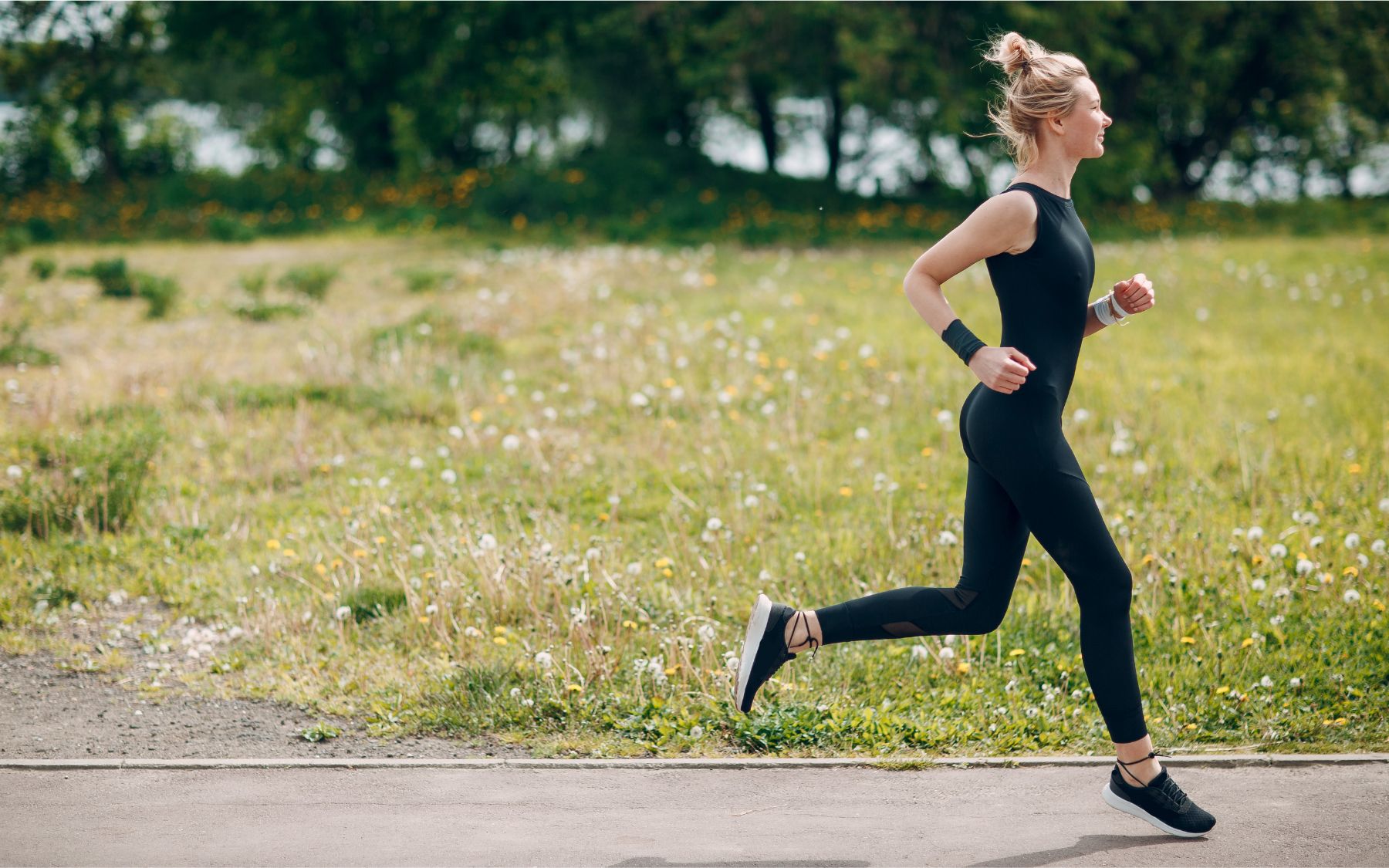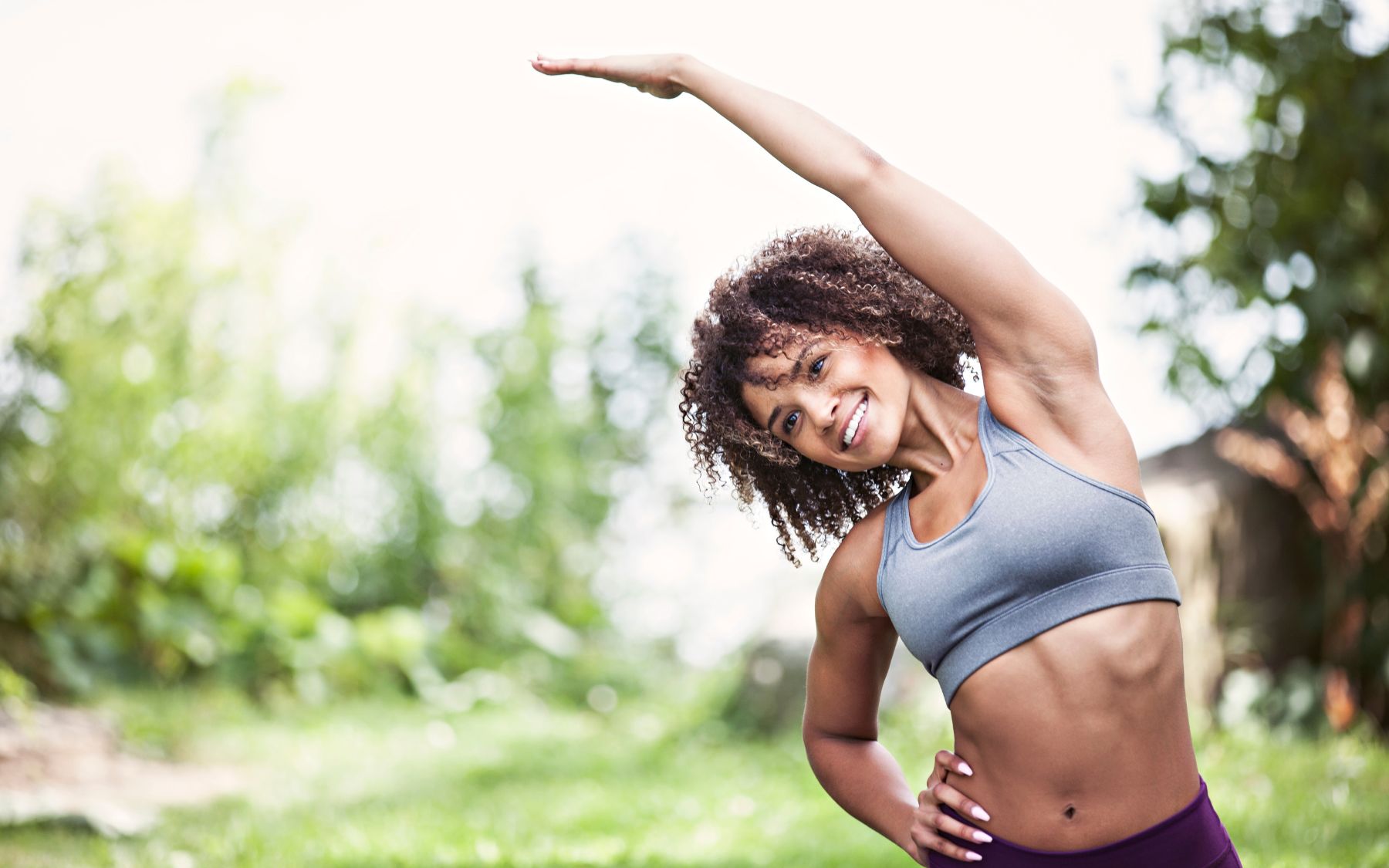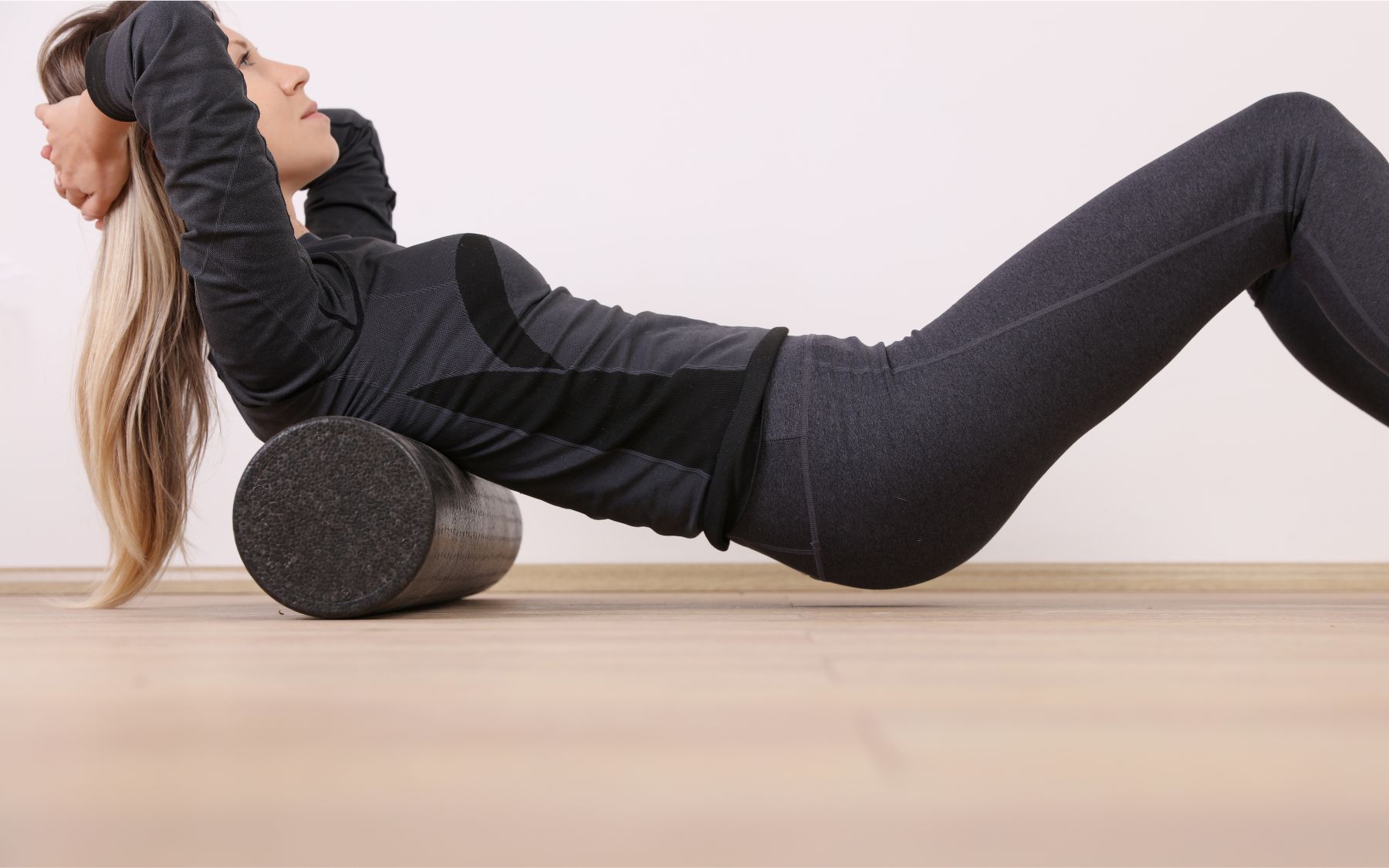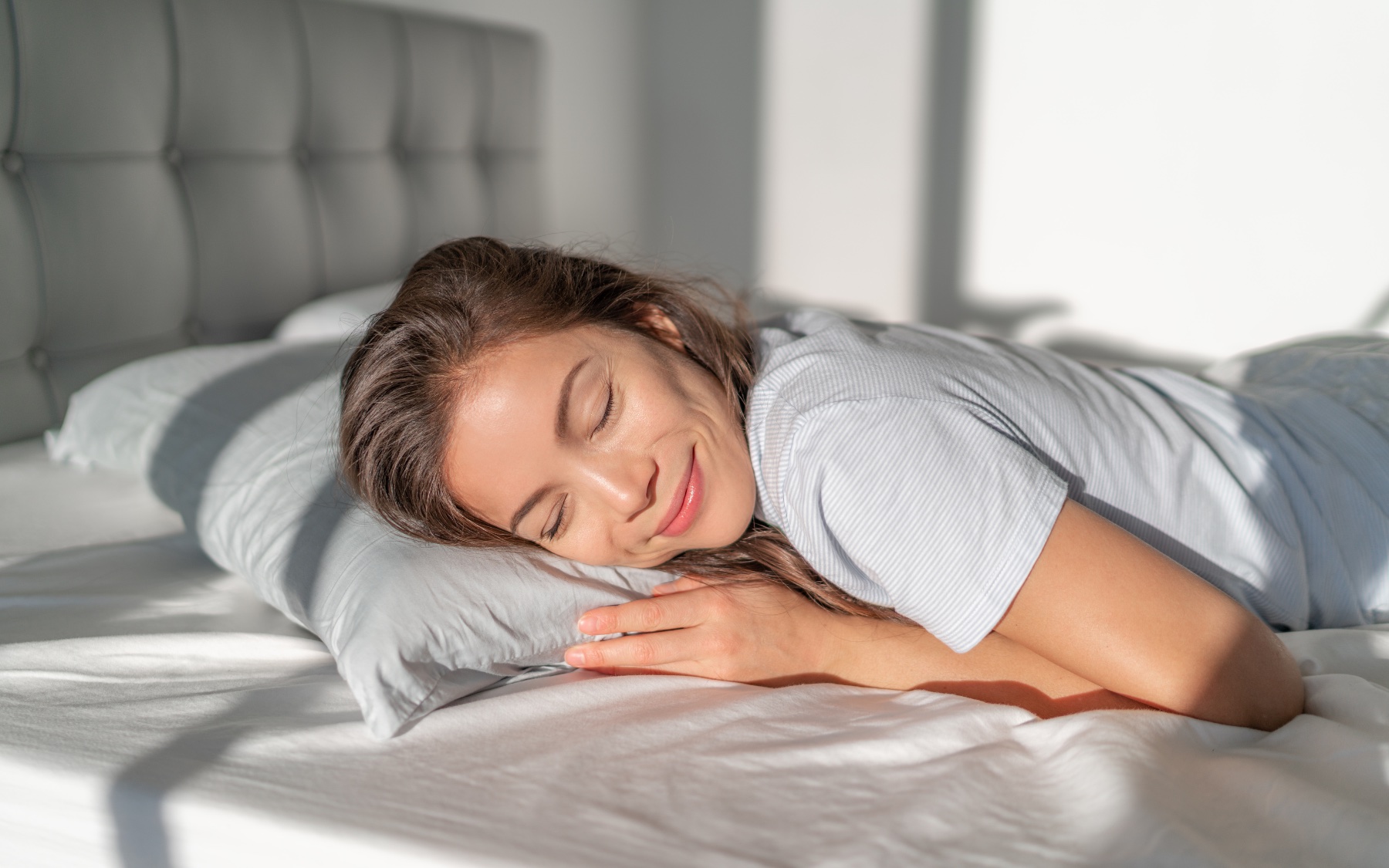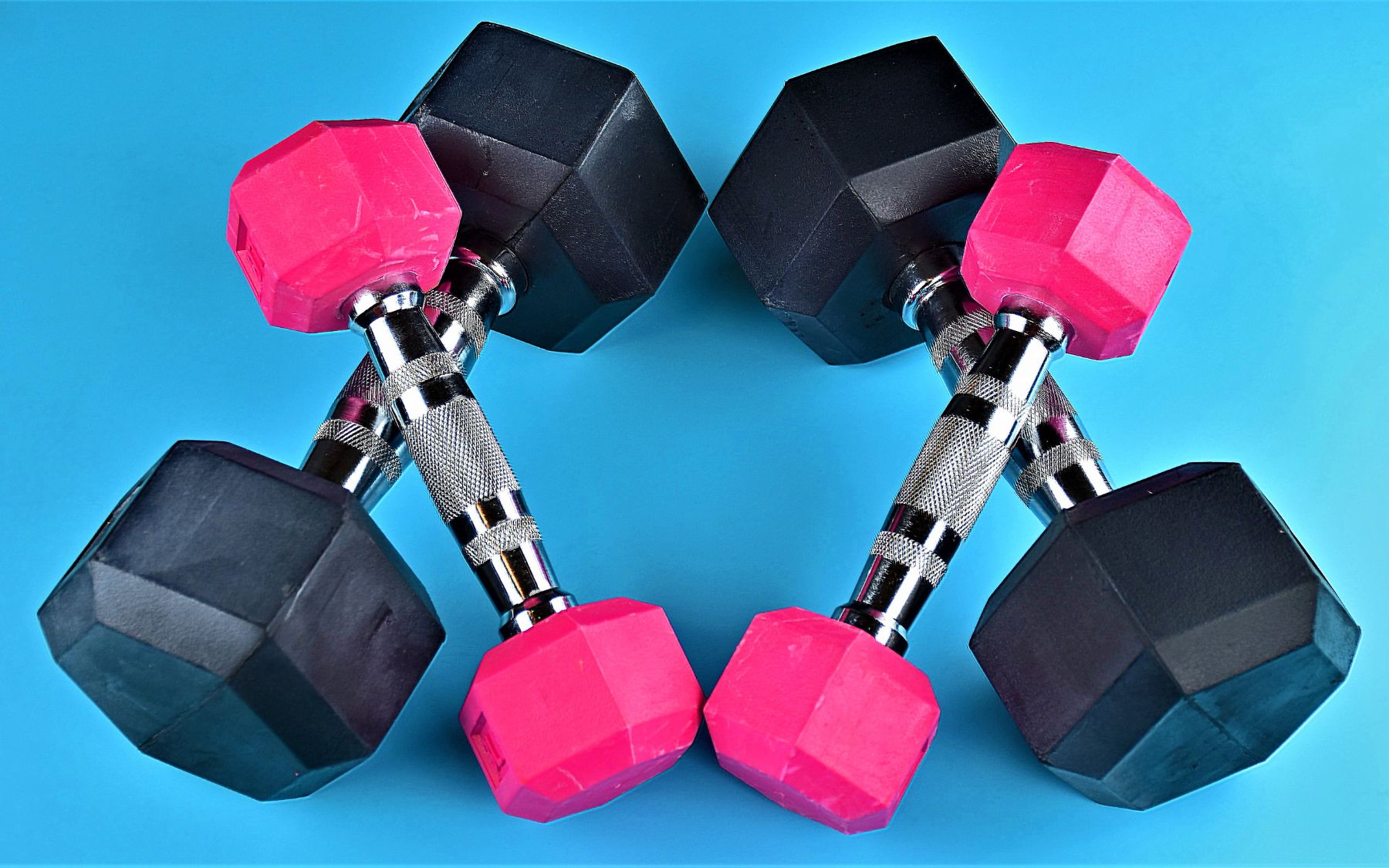In a world that constantly emphasises the importance of treating health issues after they arise, it’s time to shift our focus. Instead of waiting for injury, disease or physical decline to take over, we should be adopting proactive strategies to maintain our health — and strength training is one of the most powerful tools in this preventive toolkit.
While many people associate strength training with bodybuilders or those looking to lose weight, its benefits reach far beyond aesthetics. When practiced regularly, strength training can improve your overall quality of life, delay the aging process and even prevent a wide array of health problems. The key is to start early and stay consistent. Let’s explore why strength training is more than just a cure—it’s one of the best forms of prevention for long-term health.
1. Building Stronger Bones and Joints
Osteoporosis and joint degeneration are common concerns as we age, often leading to fractures, falls and a loss of independence. But I’m not just talking about when we age, this decline begins from our 30s! Strength training, however, is a highly effective way to prevent these issues before they become serious. When you lift weights or engage in resistance exercises, you stimulate bone growth and increase bone density, which can protect against fractures later in life.
Moreover, strength training strengthens the muscles around your joints, which provides better stability and reduces the risk of injury. This simple practice can keep you mobile, pain-free, and independent as you get older, and it’s much more effective as a preventive measure than trying to recover from a bone-related injury. Did you know our muscle mass, if we don’t do something about it, begins to decline from the age of 30?!
2. Preserving Muscle Mass and Metabolism
Muscle mass naturally declines with age, a condition known as sarcopenia, which leads to slower metabolism, decreased strength and an increased risk of injury. Starting strength training early in life helps preserve muscle tissue, keeping you stronger and more mobile as you age. This is crucial for maintaining your independence as you grow older.
Additionally, more muscle mass means a higher resting metabolic rate. This not only helps with weight management but also ensures that your body continues to burn calories efficiently as you get older. Strength training thus plays an important role in combating age-related weight gain and metabolic slowdowns that can lead to other health issues, such as diabetes and heart disease.
3. Preventing Chronic Diseases
Strength training has been shown to help prevent or manage chronic conditions such as type 2 diabetes, heart disease and hypertension (high blood pressure). For those with existing health conditions, resistance training can improve insulin sensitivity, lower blood pressure and reduce inflammation—all key factors in preventing the progression of chronic diseases.
For example, strength training has a direct impact on controlling blood sugar levels. By increasing muscle mass, the body becomes more efficient at using glucose, reducing the risk of insulin resistance and diabetes. Additionally, strengthening the heart through resistance exercises can help reduce the risk of cardiovascular disease, which remains one of the leading causes of death worldwide.
4. Enhancing Mental Health and Cognitive Function
The benefits of strength training go beyond the body; they extend to your mind as well. Regular exercise, particularly strength training, has been linked to better mood, reduced anxiety, and enhanced cognitive function. This is especially important as we age, as it helps ward off mental decline and cognitive diseases such as Alzheimer’s and dementia.
Strength training has been shown to release endorphins, the body’s natural mood elevators, helping you feel more positive, motivated, and energetic. Plus, engaging in resistance exercises boosts brain function by improving blood flow to the brain and stimulating the release of growth factors that support neurogenesis, or the formation of new brain cells. By building your physical strength, you’re also building mental resilience.
5. Reducing the Risk of Falls and Injuries
As we age, falls become one of the most serious threats to health. Falls can lead to fractures, hospitalisation and even long-term disabilities. We don’t need to be elderly to trip by mistake – think a rabbit hole on a dog walk! But if we have strong bones and strong, stabilising muscles the likelihood of us righting ourself is that much higher. Strength training drastically reduces the risk of falls by improving balance, coordination and overall muscle strength.
The key areas where strength training helps are the lower body and core, which play a critical role in maintaining balance and stability. By strengthening the muscles in your legs, hips and torso, you’re less likely to lose your footing or trip over an obstacle. Additionally, strength training enhances proprioception, the body’s awareness of its position in space, which further reduces the chances of falling.
6. Quality of Life and Independence
The ultimate goal of any preventive health strategy is to improve the quality of life. Strength training isn’t just about lifting heavy weights—it’s about empowering your body to function optimally and efficiently. Regular resistance training helps you maintain the ability to perform everyday tasks, like carrying groceries, climbing stairs or playing with your kids or grandkids.
By maintaining your physical strength, you retain your independence and continue to enjoy a fulfilling, active lifestyle for years to come. The earlier you start strength training, the longer you’ll be able to enjoy the benefits of a strong, resilient body.
Conclusion: Start Sooner to Live Longer and Healthier
Strength training is not just a tool for reversing damage—it’s a powerful strategy for preventing it in the first place. By starting strength training early, you can safeguard your body against the natural declines of aging, prevent chronic diseases, and improve your mental well-being.
While many wait until an injury, illness, or aging-related issue forces them into action, the best approach is to take a proactive stance. By prioritising strength training now, you’re investing in your future health and longevity. So, whether you’re in your 20s, 30s, 40s, or beyond, it’s never too early to start lifting weights for a stronger, longer, and healthier life.
Remember, it’s not about how much you lift; it’s about consistency and progress. Start with what you can manage and gradually build your strength over time. Your future self will thank you for it.

